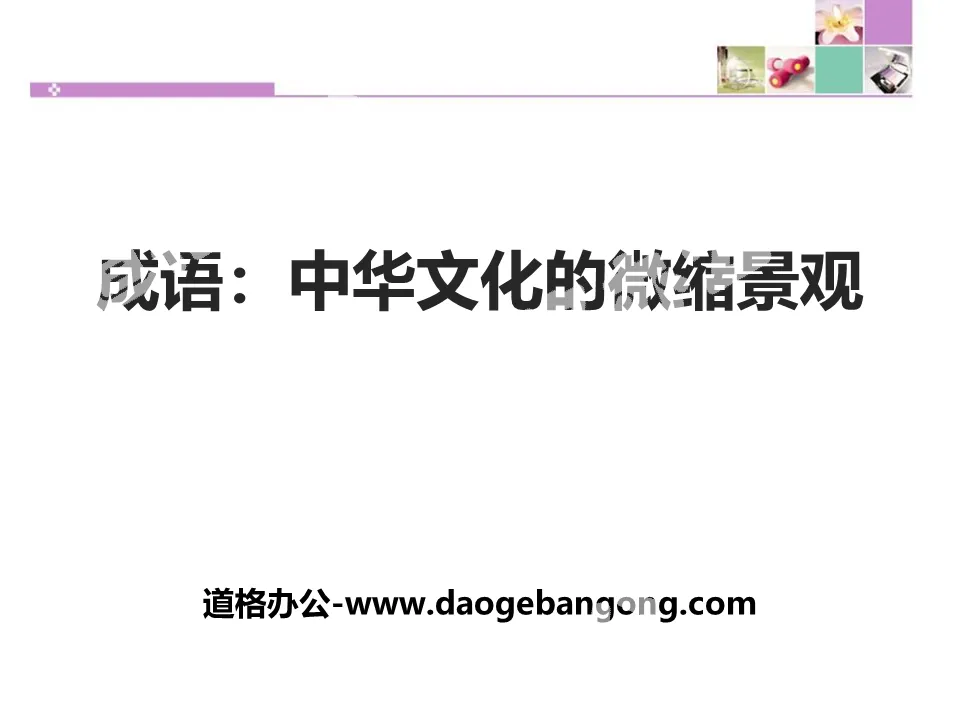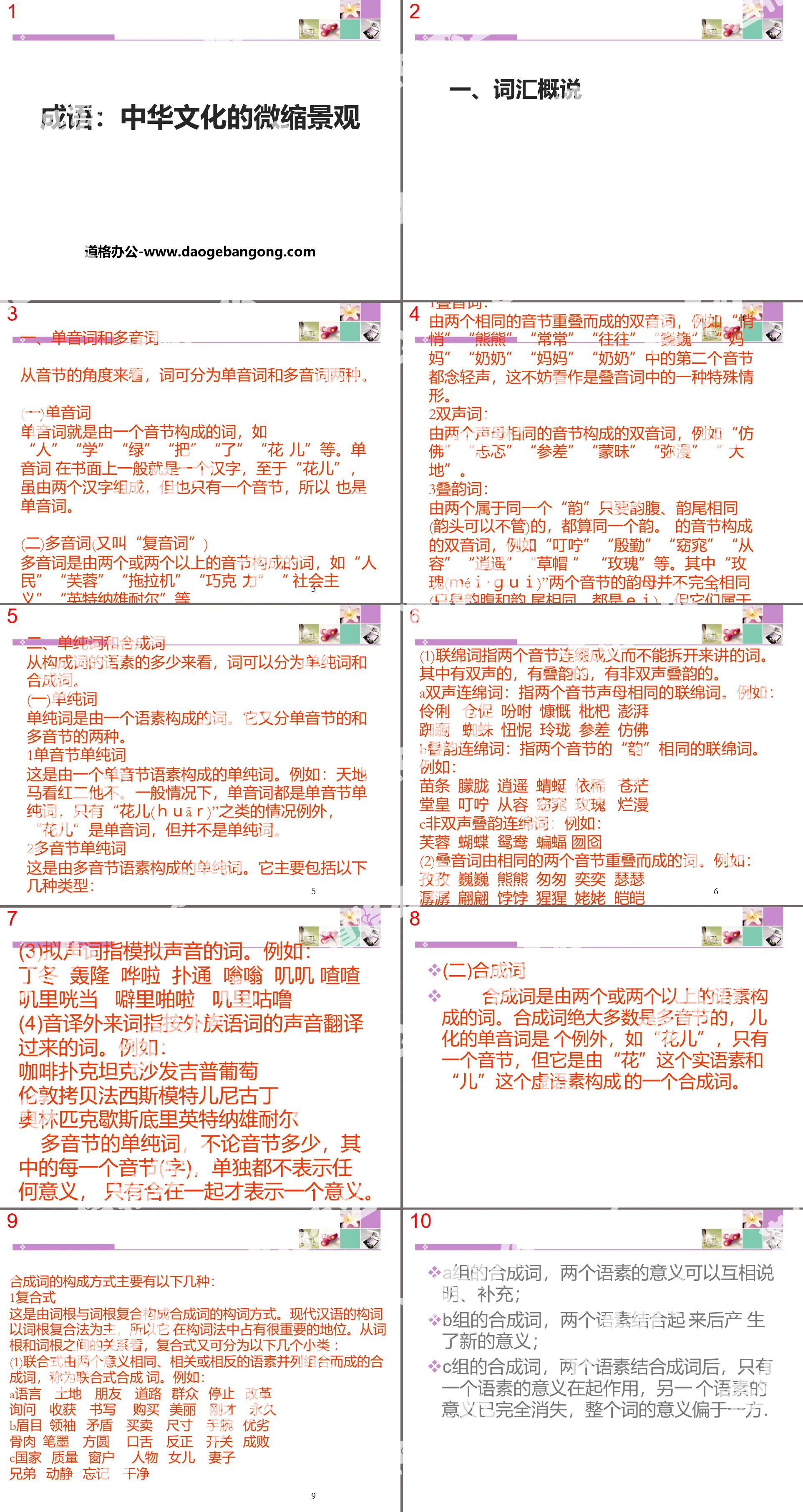The second volume of first-grade Chinese compiled by the People's Education Publishing House
The second volume of fifth-grade Chinese compiled by the People's Education Publishing House
The first volume of Chinese language for eighth grade compiled by the People's Education Publishing House
The first volume of first-grade Chinese compiled by the People's Education Publishing House
The first volume of ninth-grade Chinese compiled by the People's Education Publishing House
The first volume of fourth-grade Chinese compiled by the People's Education Publishing House
The first volume of Chinese language for sixth grade compiled by the People's Education Publishing House
The first volume of second-grade Chinese compiled by the People's Education Publishing House
The second volume of Chinese language for eighth grade compiled by the People's Education Publishing House
Hunan Education Edition Third Grade Chinese Language Volume 1
The second volume of seventh-grade Chinese compiled by the People's Education Publishing House
The second volume of fourth-grade Chinese compiled by the People's Education Publishing House
The second volume of Chinese language for sixth grade compiled by the People's Education Publishing House
The first volume of Chinese language for fifth grade compiled by the People's Education Publishing House
Western Normal University Edition Third Grade Chinese Language Volume 1
The second volume of second-grade Chinese compiled by the People's Education Publishing House

| Category | Format | Size |
|---|---|---|
| People's Education Press High School Chinese Compulsory Course 2 | pptx | 6 MB |
Description
"Idioms: Miniature Landscape of Chinese Culture" PPT
Part One: 1. Overview of Vocabulary
1. Monosyllabic words and polysyllabic words
From the perspective of syllables, words can be divided into two types: monosyllabic words and polysyllabic words.
(1) Monophyllable words
Monosyllabic words are words composed of one syllable, such as "人", "学", "青", "巴", "乐", "花儿", etc. Monosyllabic words are generally just one Chinese character in writing. As for "花儿", although it consists of two Chinese characters, it only has one syllable, so it is also a monosyllabic word.
(2) Polysyllabic words (also called "polysyllabic words")
Polysyllabic words are words composed of two or more syllables, such as "people", "hibiscus", "tractor", "chocolate", "socialism", "Internachonelle", etc.
1 stack of phonetic words:
A bisyllabic word formed by overlapping two identical syllables, such as "quietly", "bear", "often", "often", "weiwei", "mom", "grandma", "mom" and "grandma", all pronounce the second syllable Softly, this might as well be regarded as a special situation in overlapping words.
2 double tone words:
Two-syllable words composed of two syllables with the same initial consonant, such as "as if", "uneasy", "jagged", "ignorant", "diffused" and "earth".
3 rhyming words:
Two rhymes that belong to the same "rhyme" are considered to be the same rhyme as long as the rhyme belly and rhyme end are the same (the rhyme end can be ignored). Two-syllable words composed of syllables, such as "寛四", "実 diligent", "婿娕", "calm", "Xiaoyao", "straw hat", "rose", etc. Among them, the finals of the two syllables "rose (méi·gui)" are not exactly the same (only the vowels and endings are the same, both are ei), but they belong to the same "rhyme", so they are also overlapping rhyming words.
2. Simple words and compound words
From the perspective of the number of morphemes that make up a word, words can be divided into simple words and compound words.
(1) Simple words
A simple word is a word composed of one morpheme. It is divided into two types: monosyllabic and polysyllabic.
1 monosyllabic simple word
This is a simple word composed of one monosyllabic morpheme. For example: Tiandi Ma sees red two but he does not. Generally speaking, monosyllabic words are single-syllable simple words, with the exception of "Huār". "Hua'er" is a monosyllabic word, but it is not a simple word.
2 polysyllabic simple words
This is a simple word composed of multisyllabic morphemes. It mainly includes the following types:
(1) Lianmian words refer to words in which two syllables are connected together to form a meaning and cannot be separated. Among them, there are double-voiced ones, some with overlapping rhymes, and some with non-double-voiced overlapping rhymes.
aDouble-tone continuous word: refers to a continuous word with two syllables having the same initial consonant. For example:
Smart, hasty, command, generous, loquat, surging
hesitant spider coy exquisite jagged as if
b Repeated rhyme continuous words: refers to the continuous words with the same "rhyme" of two syllables. For example:
slender, hazy, carefree, dragonfly, vague, boundless
Majestic, exhortation, calmness, graceful, rose, romance
c Non-double rhyming continuous words: for example:
hibiscus butterfly mandarin duck bat whole
(2) Duplicate words are words formed by overlapping the same two syllables. For example:
Zizi, Weiwei, Bear, Hurry, Yiyi, Thurs
Gurgling Pianpian Gorilla Orangutan Grandma Cairn
Idiom miniature landscape of Chinese culture PPT, part 2 content: 2. Idioms
(1) Definition of idioms
Idioms are fixed phrases that people have used for a long time and have a concise introduction.
(2) Characteristics of idioms
(1) The integrity of meaning
The meaning of an idiom is often not the simple sum of its literal meanings, it has its own specific overall meaning. Therefore, the meaning of the idiom cannot be understood literally. For example, "having a ready-made bamboo in the chest" does not mean "having a ready-made bamboo in the chest", but is summarized based on an allusion. Song Dynasty painter Wen Tong (zi Yuke) was good at painting bamboos, and the bamboos he painted were very vivid and lifelike. Chao Buzhi praised him and said, "When I paint bamboo with Ke Ke, I have confidence in my mind." This idiom was later used to describe "having an idea in mind when dealing with something". Another example is "The city is full of wind and rain", which originated from Pan Dalin's poem "The city is full of wind and rain approaching the Double Ninth Festival" in the Song Dynasty. It was originally a lyrical description of the scene. After it was formed into an idiom, it did not mean "the city was filled with wind and rain", but a metaphor for "something caused a sensation and everyone was talking about it." look like".
(2) Finalization of structure
The structure of an idiom is a fixed combination. The entire structure cannot be changed at will, and the components cannot be freely replaced with other words. For example: "half-hearted" cannot be said to be "half-hearted" or "four-hearted"; "waiting for the rabbit" cannot be said to be "waiting for the sheep"; "breaking the cauldron and sinking the boat" cannot be said to "smashing the pot and sinking the boat"; "frightened bird" cannot be said Become a "bird with a frightened gun" and so on. Otherwise, language confusion will result.
Summary: Common idioms that are easily criticized and misused
Do whatever you want;
graffiti;
Offering advice;
hold your hand high;
The basil grows bright;
Be as open-minded as possible;
Keywords: Free download of the PPT courseware for High School Chinese Compulsory Course 2 from the People's Education Press, PPT download of the miniature landscape of idiom Chinese culture, .PPT format;
For more information about the PPT courseware "Miniature Landscape of Idiom Chinese Culture", please click the Miniature Landscape of Idiom Chinese Culture ppt tag.
File Info
Update Time: 2024-09-26
This template belongs to Chinese courseware People's Education Press High School Chinese Compulsory Course 2 industry PPT template
"Idioms: Miniature Landscape of Chinese Culture" PPT Simple campus recruitment activity planning plan summary enterprise and institution recruitment publicity lecture PPT template is a general PPT template for business post competition provided by the manuscript PPT, simple campus recruitment activity planning plan summary enterprise and institution recruitment promotion Lecture PPT template, you can edit and modify the text and pictures in the source file by downloading the source file. If you want more exquisite business PPT templates, you can come to grid resource. Doug resource PPT, massive PPT template slide material download, we only make high-quality PPT templates!
Tips: If you open the template and feel that it is not suitable for all your needs, you can search for related content "Idioms: Miniature Landscape of Chinese Culture" PPT is enough.
How to use the Windows system template
Directly decompress the file and use it with office or wps
How to use the Mac system template
Directly decompress the file and use it Office or wps can be used
Related reading
For more detailed PPT-related tutorials and font tutorials, you can view: Click to see
How to create a high-quality technological sense PPT? 4 ways to share the bottom of the box
Notice
Do not download in WeChat, Zhihu, QQ, built-in browsers, please use mobile browsers to download! If you are a mobile phone user, please download it on your computer!
1. The manuscript PPT is only for study and reference, please delete it 24 hours after downloading.
2. If the resource involves your legitimate rights and interests, delete it immediately.
3. Contact information: service@daogebangong.com
"Idioms: Miniature Landscape of Chinese Culture" PPT, due to usage restrictions, it is only for personal study and reference use. For commercial use, please go to the relevant official website for authorization.
(Personal non-commercial use refers to the use of this font to complete the display of personal works, including but not limited to the design of personal papers, resumes, etc.)
Preview










